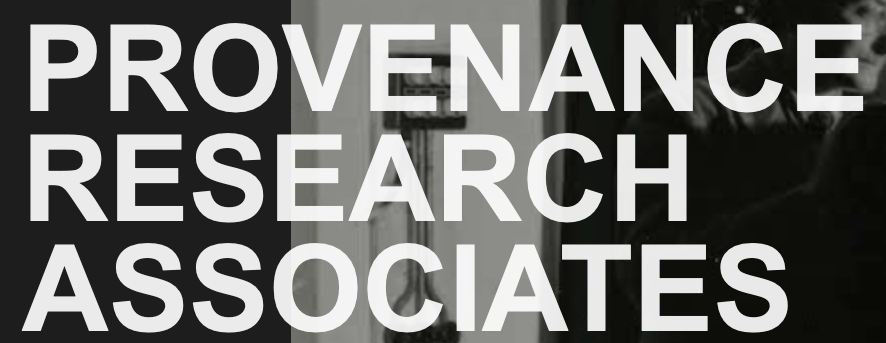Enlightened Princesses: Caroline, Augusta, Charlotte, and the Shaping of the Modern World
This sumptuously illustrated book considers the ways in which these powerful, intelligent women left lasting marks on British society, and the cultures of the wider world, through a broad range of activities: the promotion of the court as a dynastic forum for the Hanoverian regime; the enrichment of the royal library and art collections; the advancement of science and trade; and the creation of gardens and menageries.
Continue reading ...